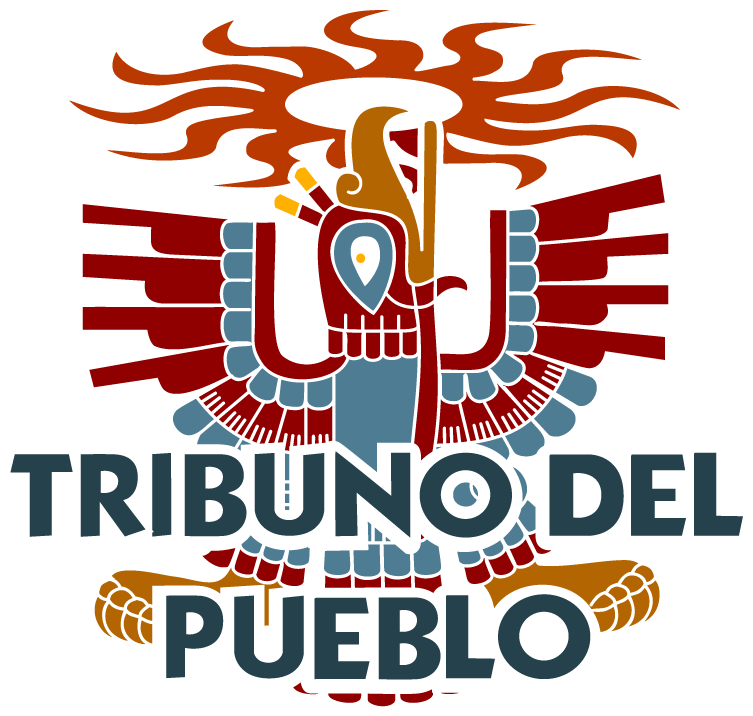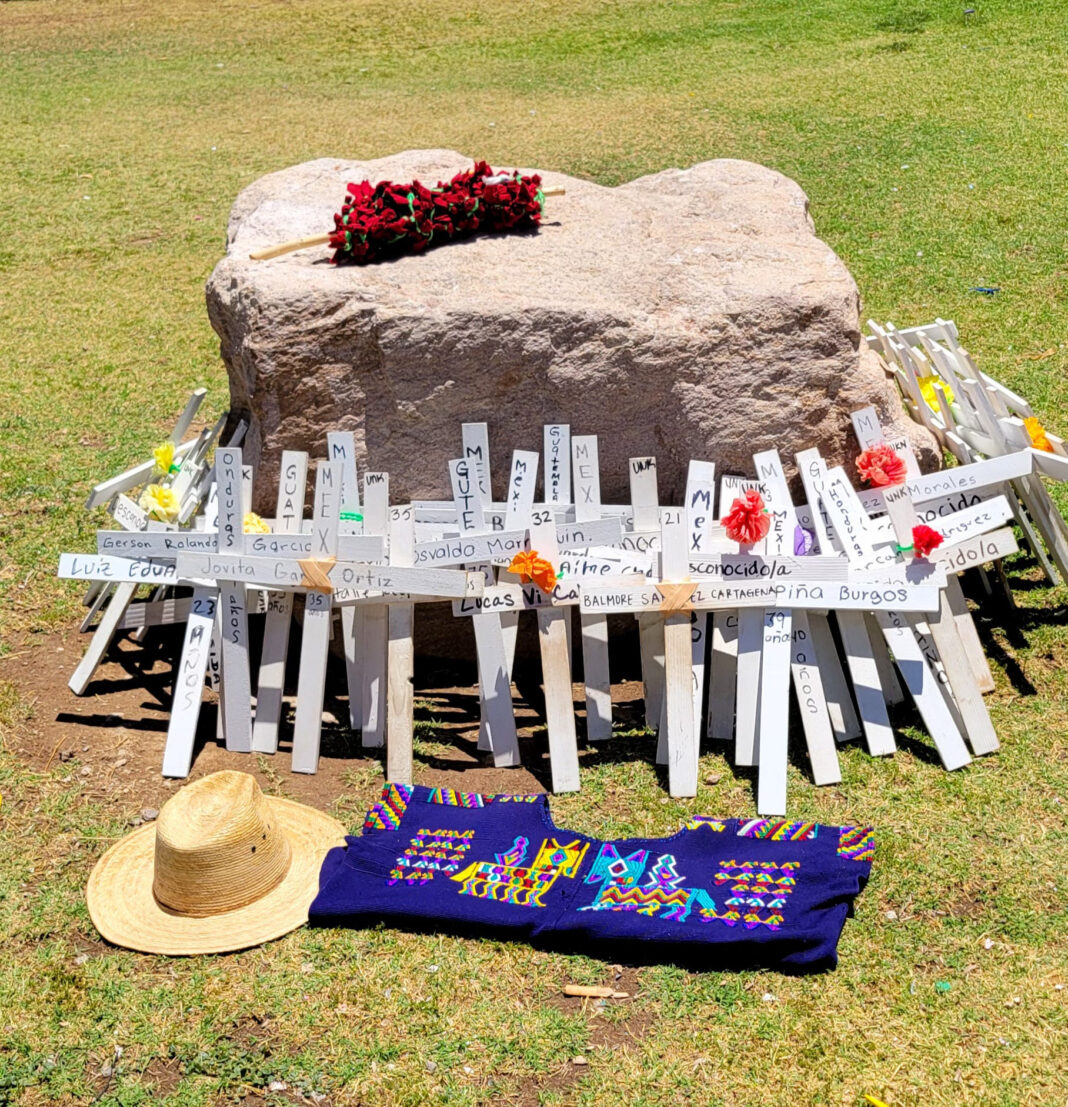The following article was originally published by Jamie Wilson on The Border Chronicle on June 6, 2024.
As the Biden administration imposes more border restrictions, a group of people challenge dangerous border policies and cultivate migrant solidarity with ritual and remembrance.
“Janeth Ortiz Mercado. 37 años, Mexico,” reads the white wooden cross I carry with me as we head south from Tucson to the Sásabe port of entry on the U.S.-Mexico border. This is where we begin the 75-mile journey back to Tucson, to remember Janeth and the thousands of people who have died trying to cross the border. It is Memorial Day, a little more than a week before President Joe Biden will further restrict the border crossings of asylum seekers, some of whom—like Janeth—may end up crossing the border in this same dangerous corridor where we will walk for the next seven days.
Janeth’s cross is one of many that the 38 walkers carry. As we walk, we call out the names on our crosses and respond with a resounding “Presente!” Many read “Desconocido/a,” meaning unknown or unidentified. In reality, none of these people were unknown; they had families, friends, and loved ones, who are still left wondering what happened to them. Janeth is one of 191 people, according to the Pima County Office of the Medical Examiner, whose remains were recovered in 2023 in Arizona. Sadly, that number is no longer shocking.
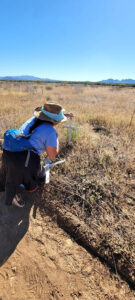
In 2004, spurred by an alarming increase in deaths of people crossing the border, the founding organizers of the Migrant Trail committed to walking every year until the deaths stopped. They thought that if more people learned what was happening, there would be a public outcry. There would be pressure on the government to change its policies, and there would no longer be a need for the walk. They were a hopeful group, perhaps better at imagining other futures than envisioning nightmares. Twenty years later, the tragic results of ever-increasing border militarization are well documented in The Border Chronicle, a publication that is also quite familiar with the Migrant Trail Walk. As we walk each day in the June sun—the hottest time of the year in southern Arizona—we reckon with the realities of border militarization in our hearts, bodies, and spirits. As Canyon, a first-year participant, says, “Walking the Migrant Trail is one of spiritual transformation. What often begins as an idea or understanding in your mind shifts to one that you carry in your heart and body.”
For many who walk, we do so as an act of bearing witness, which includes cultivating an awareness about the violence of U.S. border policies, and accepting the responsibility to speak out against them. In addition, our intention is to remember those who have died and to mourn their deaths. Our rituals reflect these intentions. Every year, we carry prayer ties for the people whose remains were found in the past year. This year we prepared 191 red tobacco bundles, as well as yellow, green, and blue ties for the sun, the earth, and the sky, and one last white tie for those who will never be found. Most years, Maria Padilla, of Mayo and Mexican descent, prepares our prayer ties. She explains that the tobacco is offered to the Creator and earth, as we pray that those who died never be forgotten.
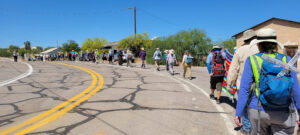
On the first day, walkers cross into Mexico through the Sásabe port, beginning symbolically where our migrant siblings began the last leg of their long journeys. As we stand against the border wall, we receive a native blessing from Natividad Cano and Susan Walcott. The smoke from the cedar smudging floats through the border fence, unimpeded, much as we do moments later. Our reentry to the U.S. stands in stark contrast to that of the individuals whose prayer ties we carry. We are not on the same walk. When one of our participants is held back with some questions about his electronic visa, I walk ahead and get the two attorneys who accompany us.
The walk is not meant to mimic the migrant experience. Rather, it reminds us of the immense hardships that border crossers face, and of our human capacity to care for one another. The level of support we receive on the Migrant Trail is what we wish to provide to migrants. We walk in the daylight, on real roads and pathways. At night, we have flashlights. We have no fear of detection. The migrants on our crosses most certainly walked at night, through fields of mesquite thorns and over ankle-twisting rocks. With every moment of need and every act of care, I am reminded of how much care is needed to survive this desert. When a thorn goes through my shoe, someone from our health team helps remove it. When I get thirsty, there is another water refill. If someone sprains an ankle, we on the safety team radio for a pickup. Any of these maladies could cause a border crosser to be left behind by their guide.
On our third day, we emerge from the Buenos Aires National Wildlife Refuge onto Highway 286, where several Border Patrol trucks remind us of the scale of militarization. We also see the white buses that take people to detention or leave asylum seekers in Tucson. Then I see the Search and Rescue truck. My heart sinks. Last year on the first day, I watched as two Pima County Sherriff’s Department vehicles went by. We later confirmed that two people had died on the Buenos Aires Wildlife Refuge and were recovered that day.
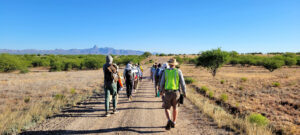
As we approach the Border Patrol checkpoint, 26 miles north of the border, I am behind the person carrying the prayer ties. The deep red ties stand out against the cerulean sky, and I reflect on their relationship with the bright green “Immigration Check Point Ahead” road sign. These ties are here because of this extensive security apparatus has closed off the safe physical and bureaucratic paths of entry, a dynamic that will only worsen with Tuesday’s executive order. “This is not a broken immigration system,” says Abraham Diaz Alonso, a first-time walker, who crossed the Rio Grande as a child. “These deaths are the direct result of the system working exactly as intended.” With tears in his eyes, he recounts how his mother told him to be careful on his crossing as she awaited him in the U.S. “I walk thinking about the other children that didn’t make it,” he says.
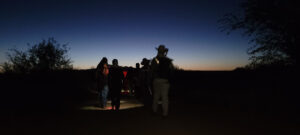
We are haunted by our imaginings of the people whose crosses we carry, who possibly faced their deaths in this terrain. One walker, Jay, after receiving a text message from her daughter, breaks down in tears. “Hope you are OK, Mom.” The knowledge that the person whose cross she carries likely received similar messages breaks her open. “Who was the person that sent them the messages and wondered where they were?” Jay tells me.
On our final day, we arrive in Tucson. We gather our crosses and prayer ties on a small boulder in Kennedy Park. Nelly Cotuc, from Guatemala, places a huipil in front of the crosses, in recognition of the many Guatemalan crossers who have died in the borderlands. Brother David Buer, a Franciscan friar, offers a foot washing, reminding us of our duties. As he washes my feet, I think of Janeth, whose cross accompanied me all week. Brother David asks me to always remember the migrants walking in our desert, and to continue to use my feet to walk for justice.
I hope that sharing this story is one step in that direction.
Jamie Wilson: PhD in Border Studies, Migrant Trail organizer, and immigrant rights activist.
El Tribuno del Pueblo brings you articles written by individuals or organizations, along with our own reporting. Bylined articles reflect the views of the authors. Unsigned articles reflect the views of the editorial board. Please credit the source when sharing: tribunodelpueblo.org. We’re all volunteers, no paid staff. Please donate at http://tribunodelpueblo.org to keep bringing you the voices of the movement because no human being is illegal.
